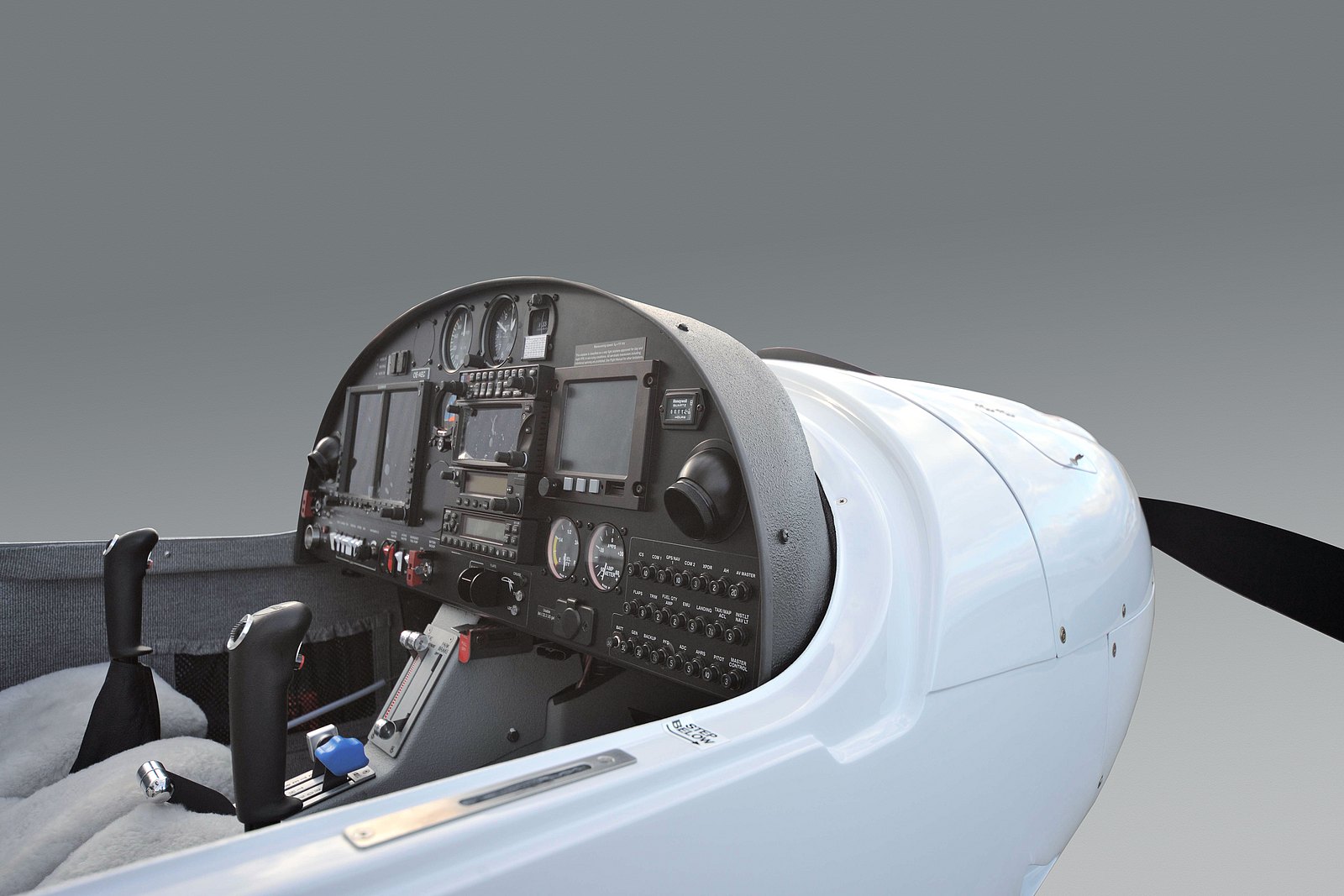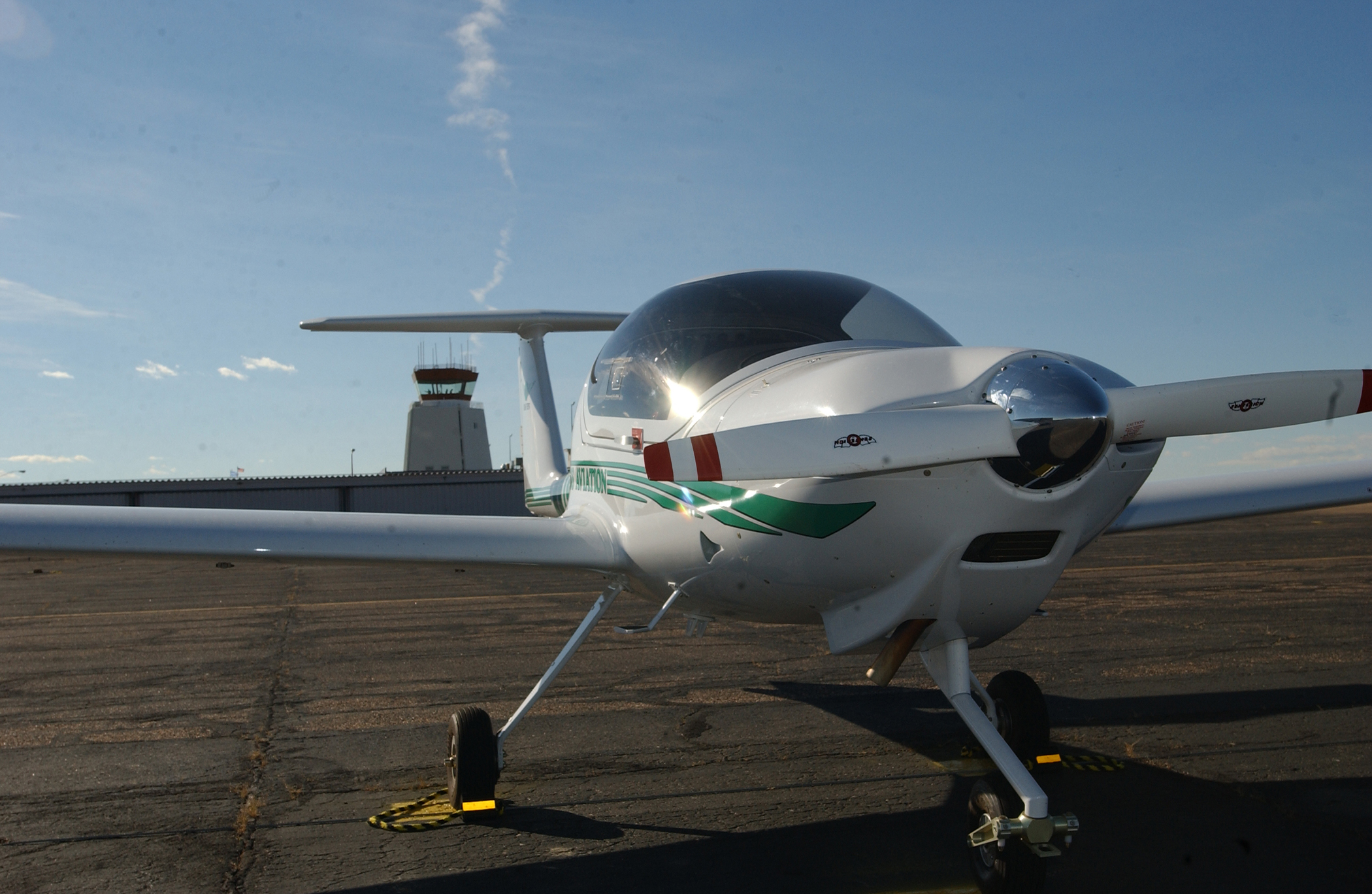Da 20 Aircraft - The Diamond DV20/DA20 Katana is an Austrian-designed two-seat light aviation aircraft. Designed and manufactured by Diamond Aircraft, it was originally manufactured in Austria as the DV20.
The DV20 shares the same features as the earlier Diamond HK36 Super Dimona. It was commissioned in 1993. During the 1990s, production of this type began at a new facility in Canada to meet the demand for this type in the North American market. The Canadian-made aircraft is designated as the DA20. It was a relative market success, with over 1,000 aircraft sold by 2008, and several improved variants of the DA20 were produced. In addition, it was upgraded to the four-seater Diamond DA40 Diamond Star.
Da 20 Aircraft

In 1981, a new company, Hoffmann Flugzeugbau, was founded in Austria with the aim of becoming a major manufacturer of aircraft for general aviation purposes.
Diamond Da20 C1 Sp Kpx
In the late 1980s, the company's management continued to rapidly expand its product range; It also underwent several changes in name and ownership, eventually becoming Diamond Aircraft. It was decided to develop a new two-seat aircraft, later called the DV20 Katana, based on the previously successful Diamond HK36 Dimona.
Although the DV20 shares much of its design and features with Dimona, it also has some key differences. In particular, it had a reduced wingspan, was equipped with flaps and used a tricycle landing gear.
The Katana was also developed with the philosophy of offering aircraft that were not equivalent to any major existing products from competing manufacturers, deliberately avoiding direct competition.
Production initially began in Austria, and in the early 1990s Diamond opened a dedicated factory in London, Ontario, Canada to produce the DV20, later renamed the DA20.
Diamond Da 20 Panel
The DA20 had about 40 separate improvements that effectively updated the region's competitive aircraft market.
According to aerospace publication Flight International, the decision to move production to Canada was to meet demand for such an aircraft in the important North American market; In addition, the firm was already confident of its dominance in the European aircraft market.
1994 saw the completion of the first Canadian-built DA20, an A1 aircraft powered by a Rotax 912 engine; It was the first Diamond aircraft to be sold in North America. In 1994-1999, more than 100 million Canadian dollars were invested in the Canadian plant.
In 1998, production of the C1 Evolution and Eclipse models began with the Continental IO-240-B3B engine, which was also carried out at the company's plant in Canada. The C1 model had several advantages, including the use of a new engine in the form of the Rotax 912, which was more powerful and gave the aircraft better performance; Other improvements included increased comfort, use of splits and improved braking ability.
Aircraft C Gdfq (2010 Diamond Da 20 C1 Eclipse C/n C0552) Photo By Florida Metal (photo Id: Ac627609)
In the late 1990s, Diamond also developed a new four-seat aircraft called the DA40, which was largely derived from the DA20.
And is also under FAR 23 in the US. DA20 is certified in the utility category; In particular, its intentional rotation with flaps fully up is allowed.
In 2004, Diamond received Chinese certification for the DA20. Both models are also certified by the Joint Aviation Authorities (JAA).
Although the DA20 is available with instruments and avionics suitable for flight under Instrument Flight Rules (IFR), its plastic body lacks lightning protection and therefore does not meet the requirements for IFR certification.
Diamond Signs With Safran For Electric Da40 Propulsion
This limitation is not considered relevant for most potential users; According to the aviation publication Flying, "Although there were many two-seat trainers, they did not receive much instrument training ... not many owners of two-seat aircraft fly them under IFR."
By 2010, the original A1 Katana model had been discontinued, while the newer DA20-C1 model was still in production.
In November 2008, the company announced that it would offer Asp Avionics' primary glass cockpit flight display as an option on the DA20. Diamond noted that the Asp PFD will be easy to incorporate into existing instrument panel designs because it mounts in a standard round tool hole. In October 2009, the company introduced a glass case for the Garmin G500 as an option.

The Diamond DA20 Katana is a low-wing cantilever monoplane that normally functions as an inexpensive two-seat training aircraft. According to Flight International, trainers found it relatively unorthodox because its design used products from the manufacturer's previous aircraft.
File:pakistan Air Force No 24 Blinders Squadron Falcon Da 20 Left Side1.jpg
The katana is suitable for training because of its relative simplicity and responsiveness. Compared to traditional simulators, it is marketed as significantly reducing fuel and maintenance costs, while providing favorable flight characteristics and range for trainees to experience.
For some time, the Katana was the only two-seat composite training aircraft that offered a low price and incorporated advanced technology, giving it an effective niche in the sector.
The Katana has several distinctive features, including its full composite construction, low wing, T-tail arrangement and rotating nose wheel. All models use a composite body made of plastic reinforced with glass and carbon fiber.
The monoplane fuselage has removable wings for ease of transport and maintenance. The fenders themselves have clear Plexiglas panels so that key controls can be easily inspected without disassembly.
Diamond Da20 Katana
Externally, the airframe has a smooth coating that prevents corrosion and rivets to reduce maintenance requirements.
The Katana provides its pilots with excellent outward visibility through the use of a single-sided canopy that hinges at the rear, allowing for easy try-outs with built-in steps.
The cockpit has a six-unit instrument cluster on the left side, with most of the avionics-related controls and displays located in the center console, and engine-specific elements on the right panel. The Katana uses individual flight controls in the form of a stick, as opposed to a yoke, and key engine controls on a centrally located pedestal.
There are positive reviews of the comfort of the aircraft, the crew sitting in a fixed position, reclining seats with a small personal storage area located directly behind; The noise level is so low that headphones are usually not needed for voice communication, although an intercom system is built in for this purpose.
Diamond Da20 Images, Stock Photos & Vectors
The DA20's nose wheel is not connected to the rudder pedals, and steering is handled by differential braking, and steering becomes more efficient as speed increases.
The Katana has a higher glide ratio than many of its competitors; Its slip ratio is 11:1, while the DA20-A1's is 14:1.
The aircraft has no examples of vortex generators, wing spars, or many other aerodynamic devices other than built-in wings, which positively contribute to roll stability, reduce drag, and improve aileron efficiency. The Katana's T-tail configuration also reduces the negative effect of propeller flow on the aircraft's pitch control, as well as increasing low-speed pitch accuracy.
The wings have a sweep that causes the wing roots to stall before the wingtips, causing the ailerons to function perfectly even after the initial stall has begun.
Diamond Da 20 100 Katana
Other unfavorable flight conditions are often observed, such as wing stall, which can only occur in steep climbs as a result of prolonged and excessive use of pitch, and can be corrected by reducing back pressure. Steering forces are well balanced in all modes, which reportedly reduces the frequency of clipping control surfaces.
Two of the three flight control surfaces, the elevators and ailerons, are actuated by thrusters, while the rudder is directly controlled by cables. To protect against excessive rotation, a reinforced plastic slide is installed under the tail section.
While the previous "A" model had a Rotax 912. Rotax powered variants are approved for use with standard motor gasoline, Mobil motor oil is also recommended for use as a lubricant.

With a loss of coolant leak, a Rotax engine can run "dry" for 2 hours without any damage when running at 56kt or less. The aircraft's constant speed propeller is hydraulically driven and equipped with composite blades.
Diamond Da20 C1 Eclipse For Flight Schools
A unique clutch system automatically disconnects the propeller from the engine in case of collision with an obstacle.
Embry-Riddle Aeronautical University offered the Academy Flight Screening Program (AFS) for the US Air Force Academy on DA20-C1 Falcon aircraft, which were specially ordered with slightly smaller fuel tanks to save weight and the main flight instrument located on the right side of the aircraft. . . Embry-Riddle operated the DA-20 fleet at the academy.
Doss Aviation, under contract with the United States Air Force, currently operates a fleet of DA-20 aircraft at Pueblo Memorial Airport as part of the Initial Flight Training (IFT) program.
Prospective US Air Force pilots, combat systems officers, and RPA pilots who do not hold a private pilot license must pass
Diamond Da 20 C1 Eclipse Aircraft Report 11/13/2022i
Desert aircraft da 150, diamond aircraft da 20, da aircraft, falcon 20 aircraft, donca matic da 20, vox da 20, tascam da 20 mk2, tascam da 20 mkii, diamond aircraft da 42, da-20, da 59 20, 20 da

0 Comments